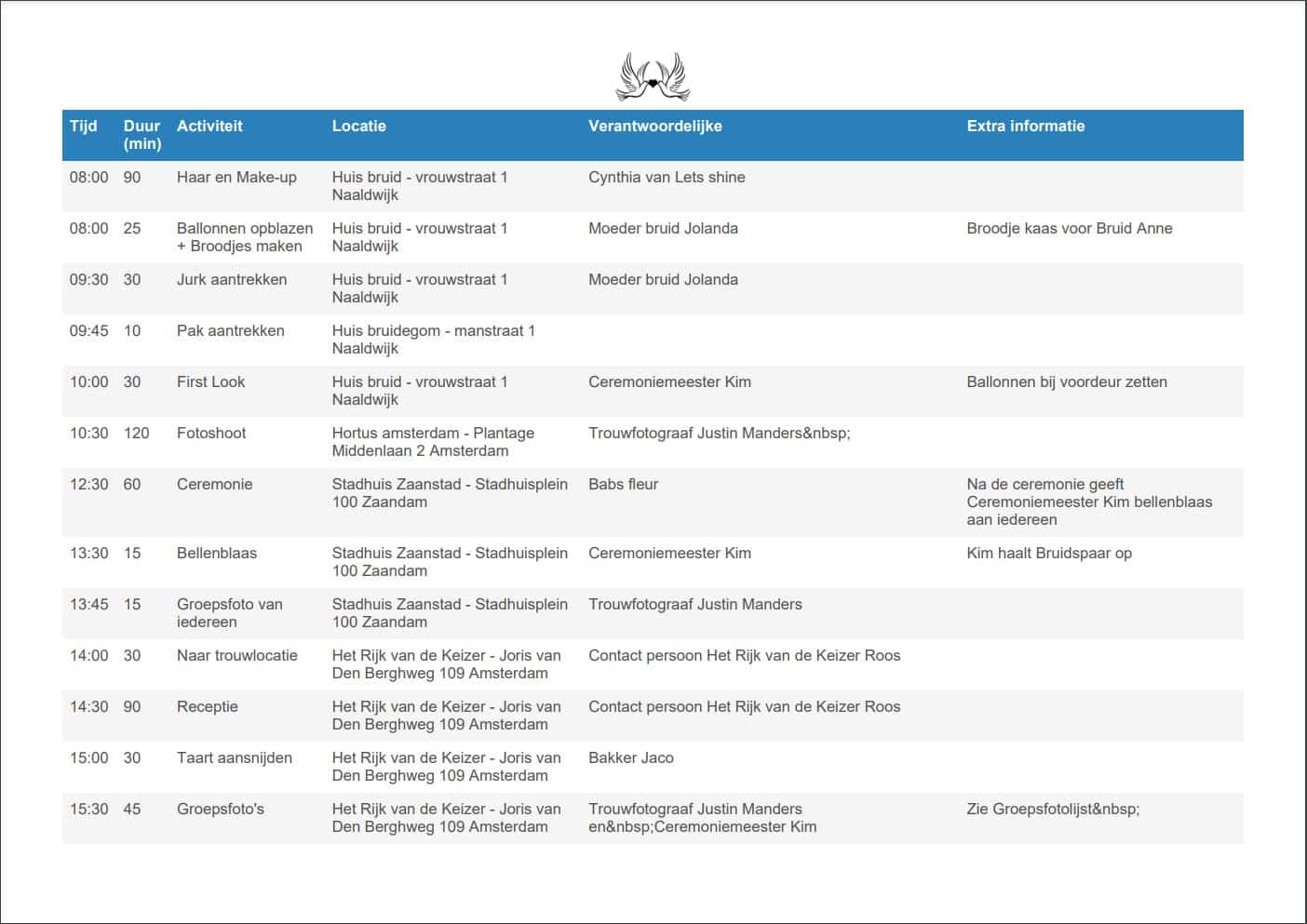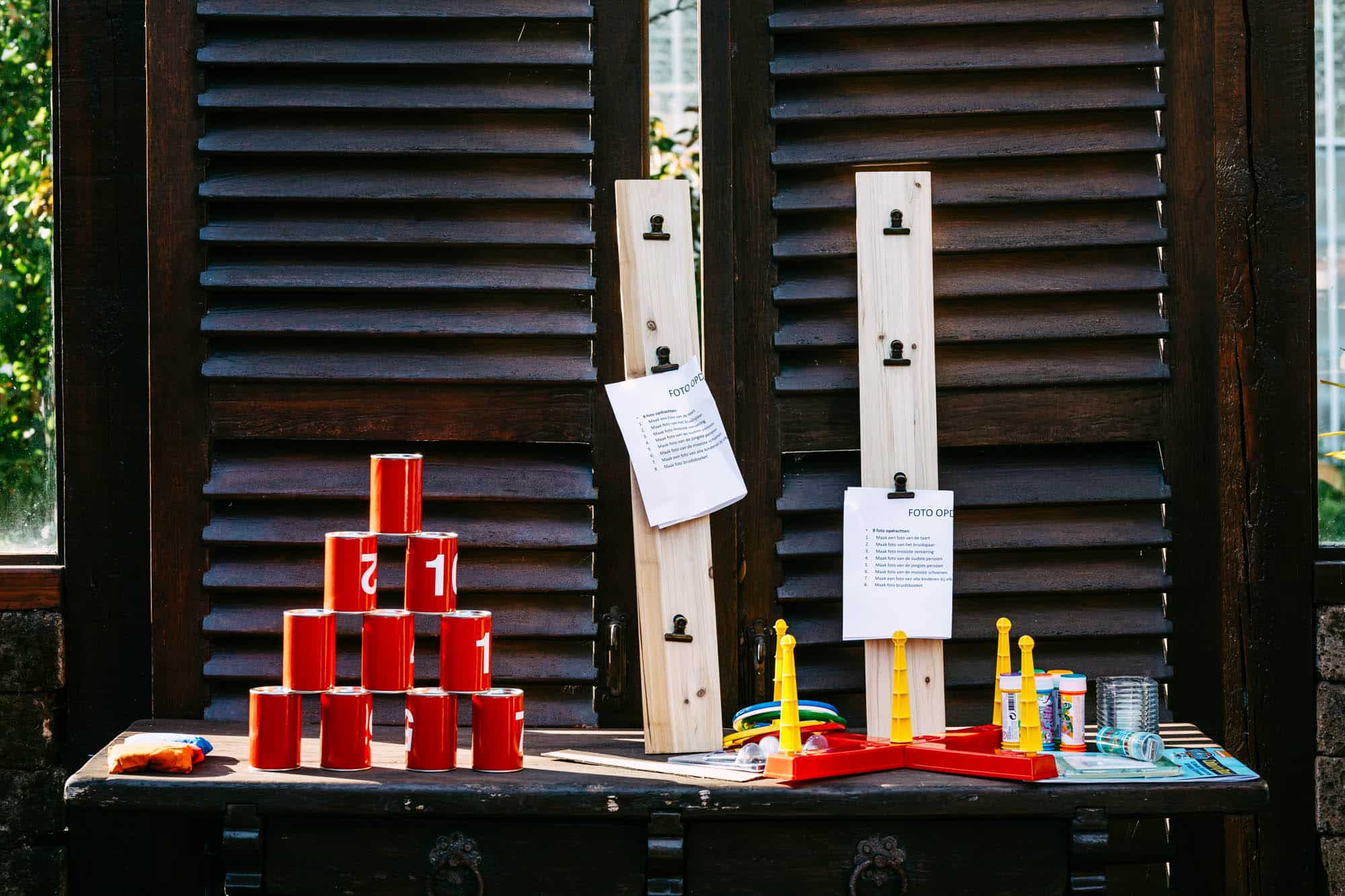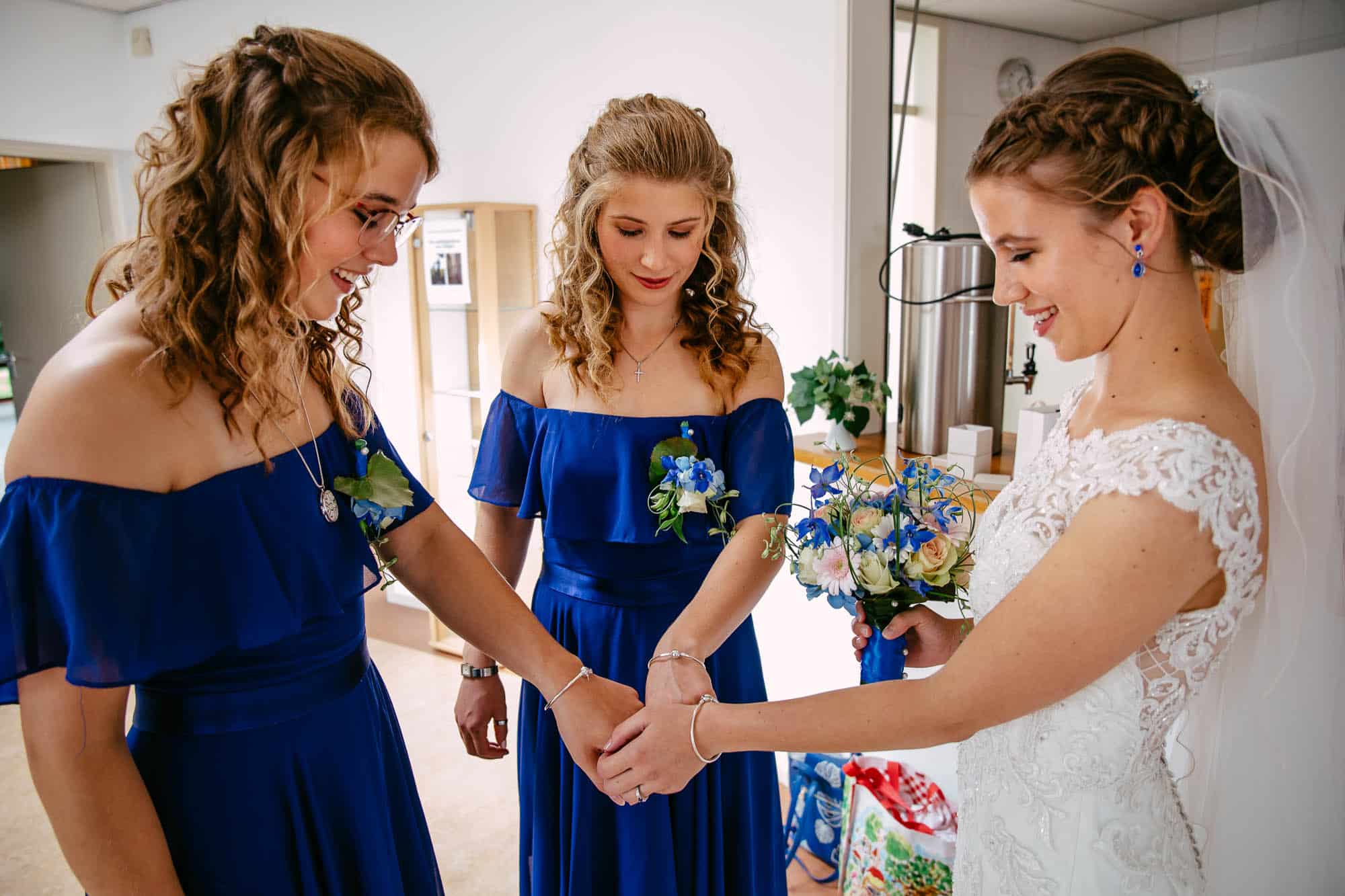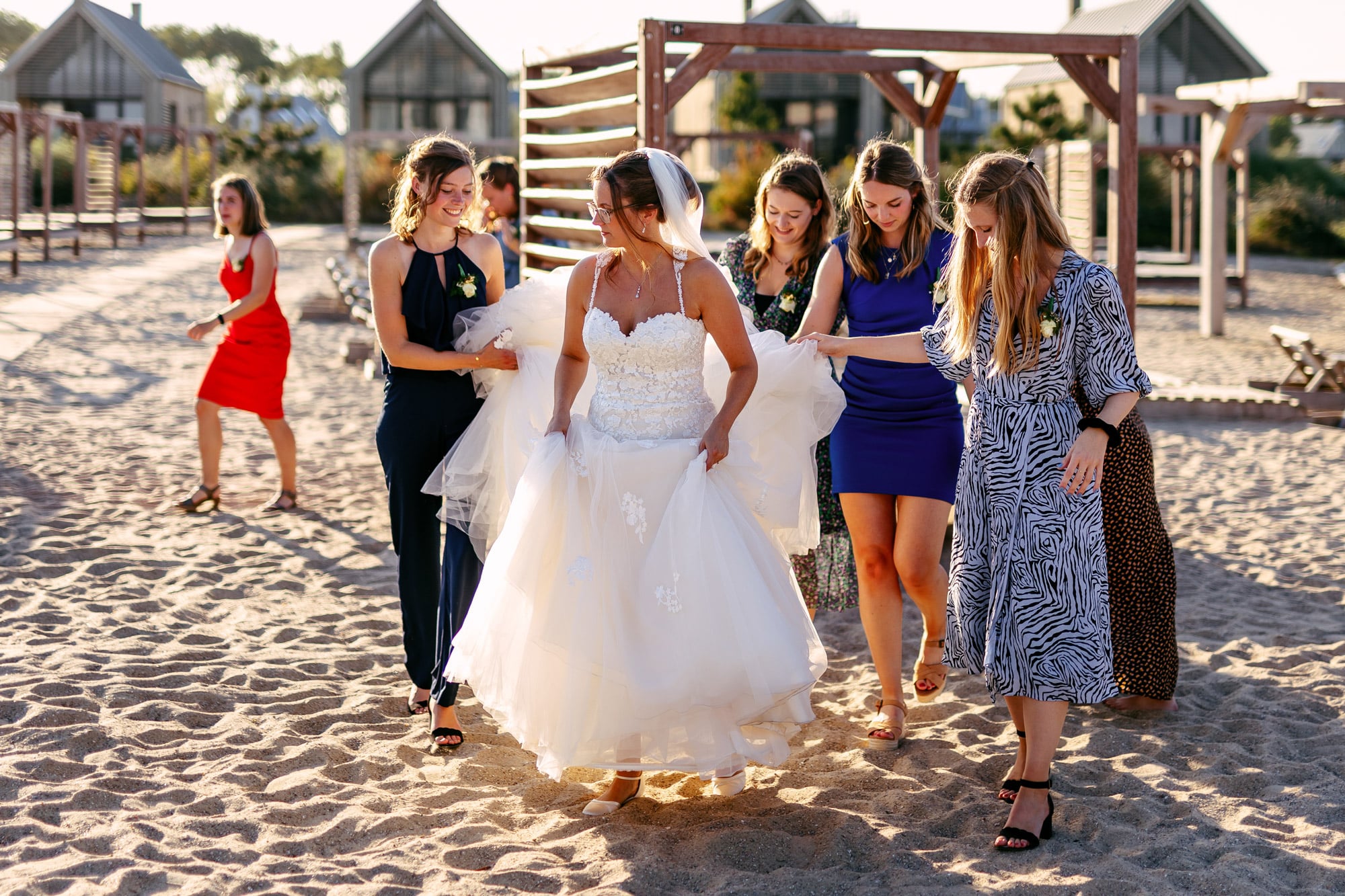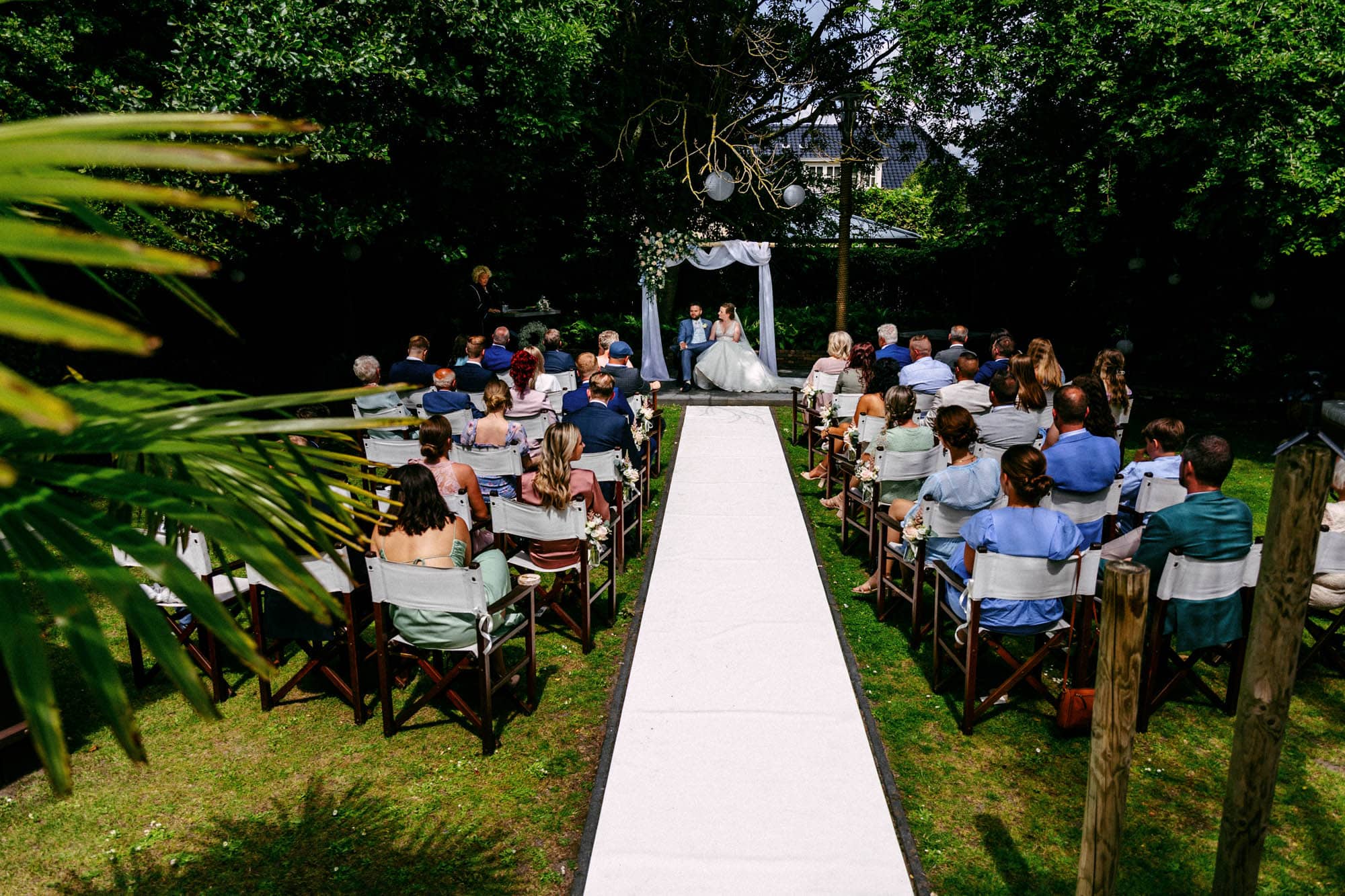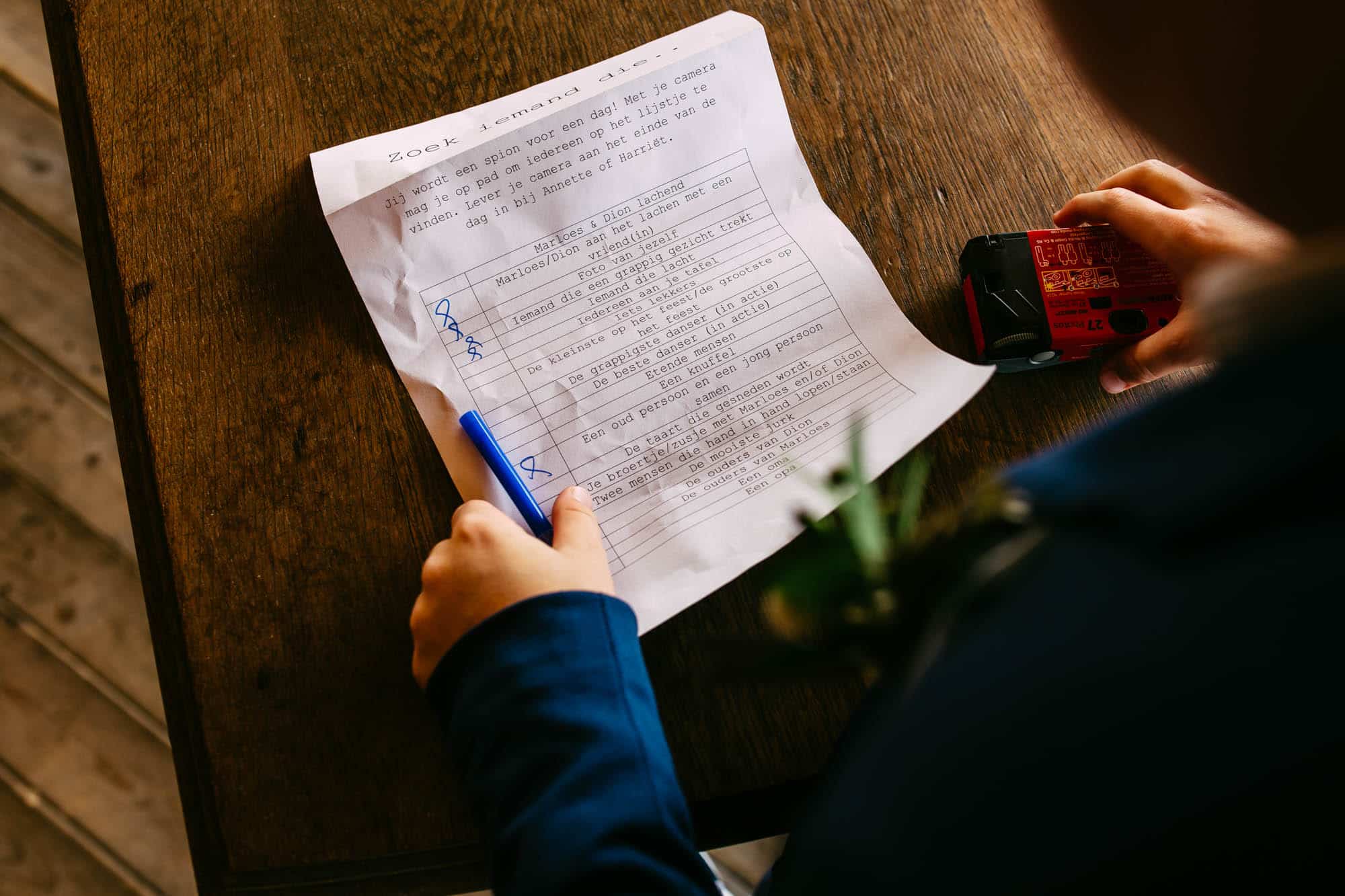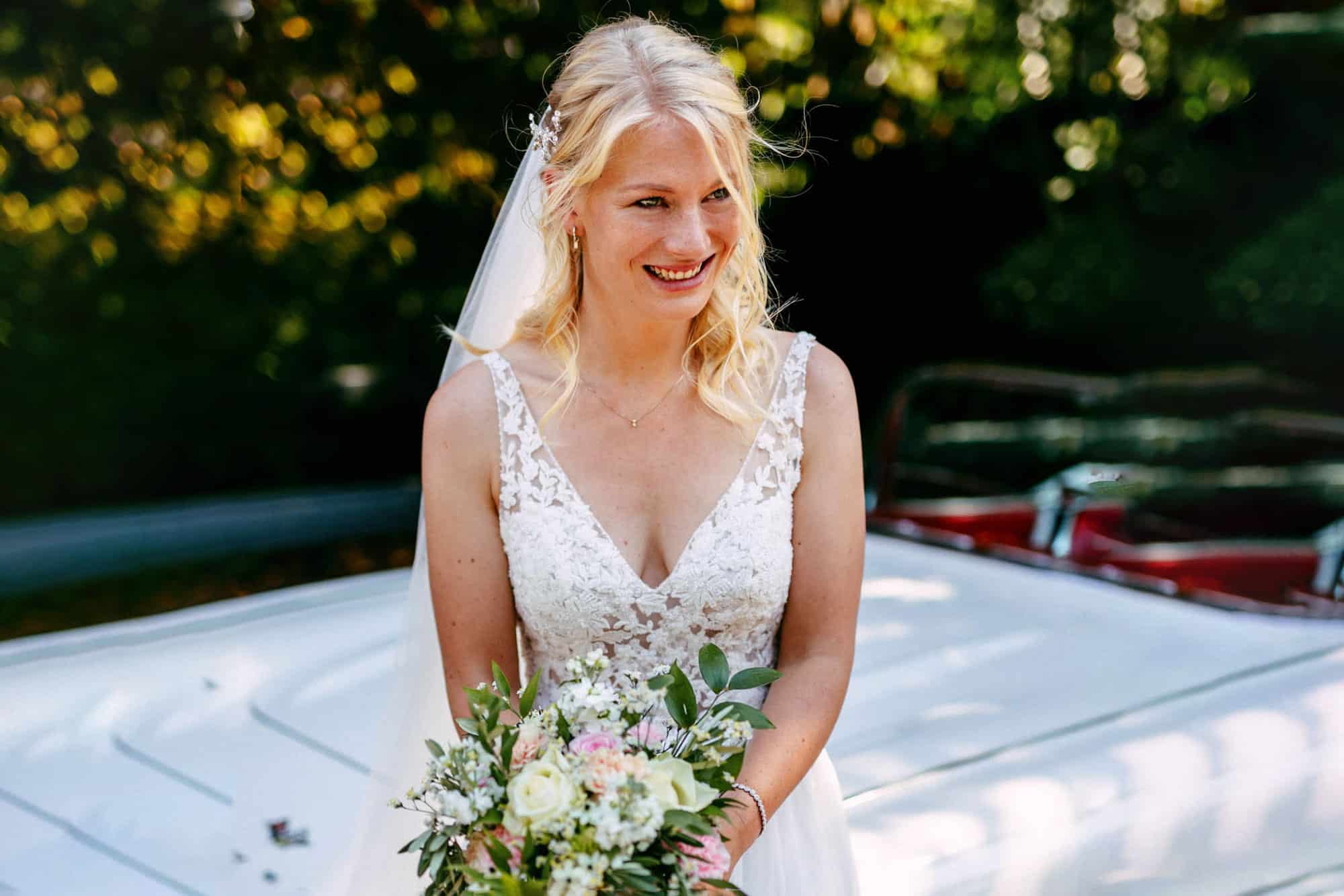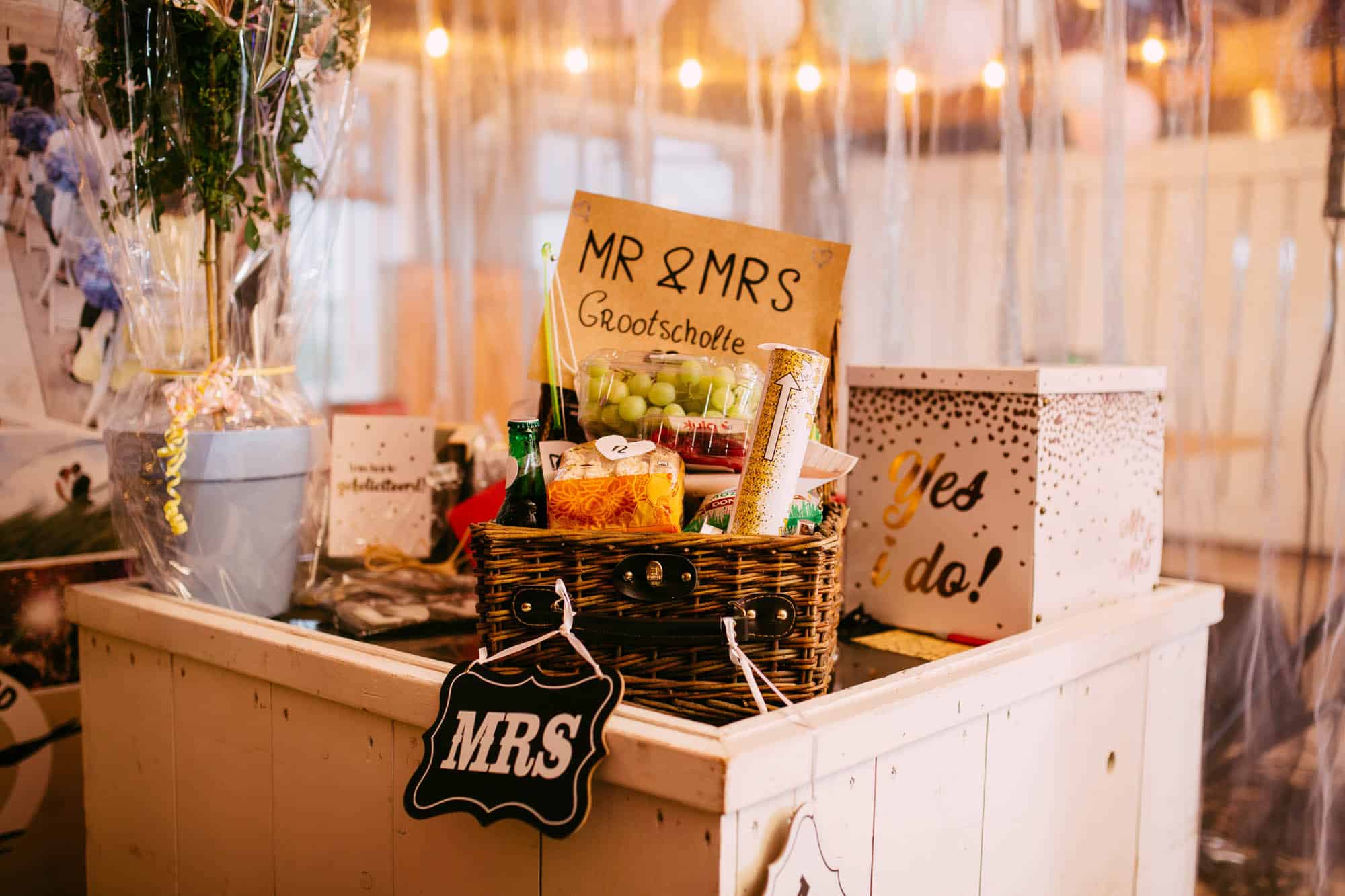Wedding script: creating the perfect wedding day
What is a script?
A roadmap is a detailed timetable of the activities and events taking place on the day of the wedding. It indicates the time when each event will take place, who will be involved and what should happen. This can range from when the guests arrive to the cutting of the wedding cake.
Why is a script important?
A roadmap is important because it ensures that the day runs smoothly and that all activities take place on time. It gives wedding planners and suppliers a clear overview of what needs to happen and when, thus avoiding misunderstandings and confusion. Moreover, last-minute changes can be made quickly and everyone involved can be kept informed.
Step 1: Identify key activities
The first step in making a roadmap is to write down all the activities that are to take place on the day of the wedding. This includes the ceremony, reception, dinner, dance and any other activities the couple has planned.
Step 2: Estimate the duration of each activity
Next, estimate the duration of each activity. This will help you in plans of timing for the rest of the day.
Step 4: Identify responsible persons
For each activity, designate a person responsible for the plans and coordinate that activity. This can be the master of ceremonies, a family member or a professional planner.
Step 5: Communicate the script
Communicate it roadmap with everyone involved, including suppliers, family members and friends. Make sure everyone is aware of the timing and responsibilities.
Step 6: Review and revise the script
Check and review the roadmap regularly to ensure it is still accurate. This may include confirming supplier arrival times and coordinating any last-minute changes.
Conclusion
Creating a roadmap for a wedding can reduce stress and ensure the day goes smoothly. The roadmap provides a detailed timetable of all activities and events taking place on the wedding day, avoiding confusion and misunderstandings. By following the steps outlined in this article, you can have a perfect wedding day plans without having to worry about timing and organisation.








